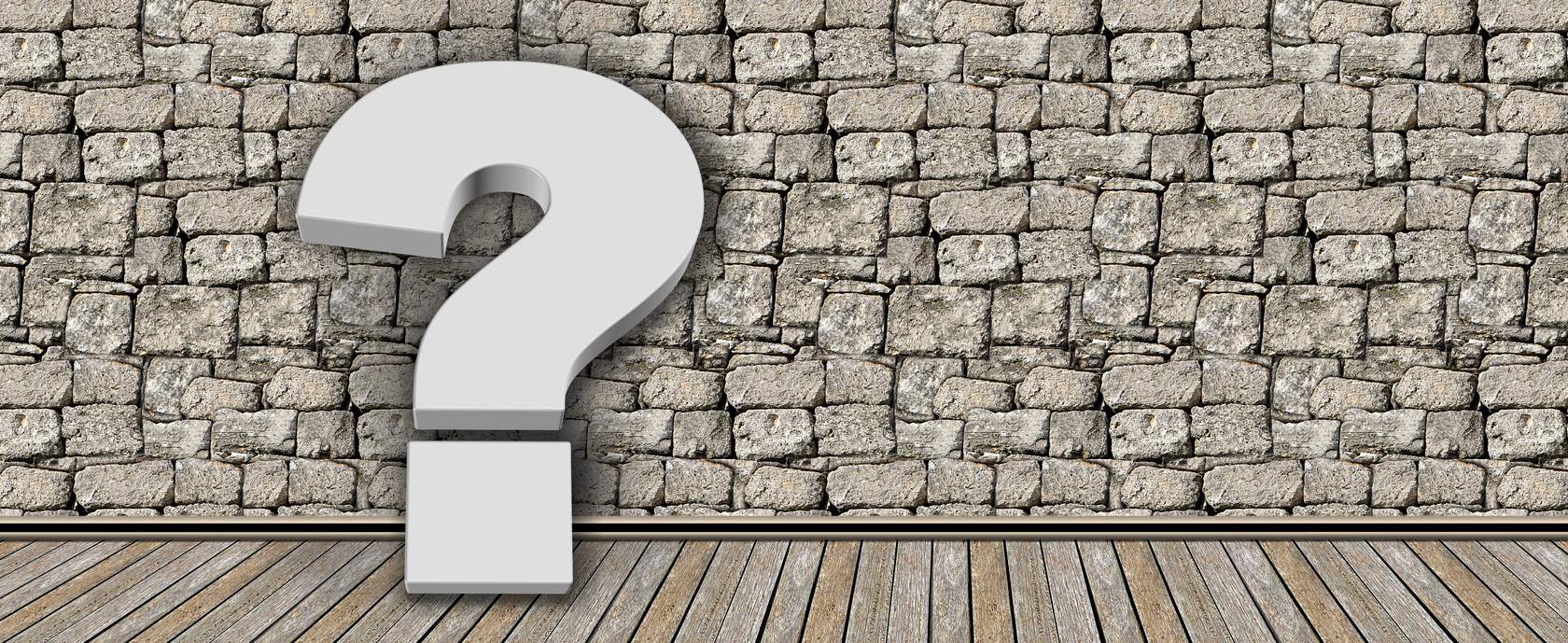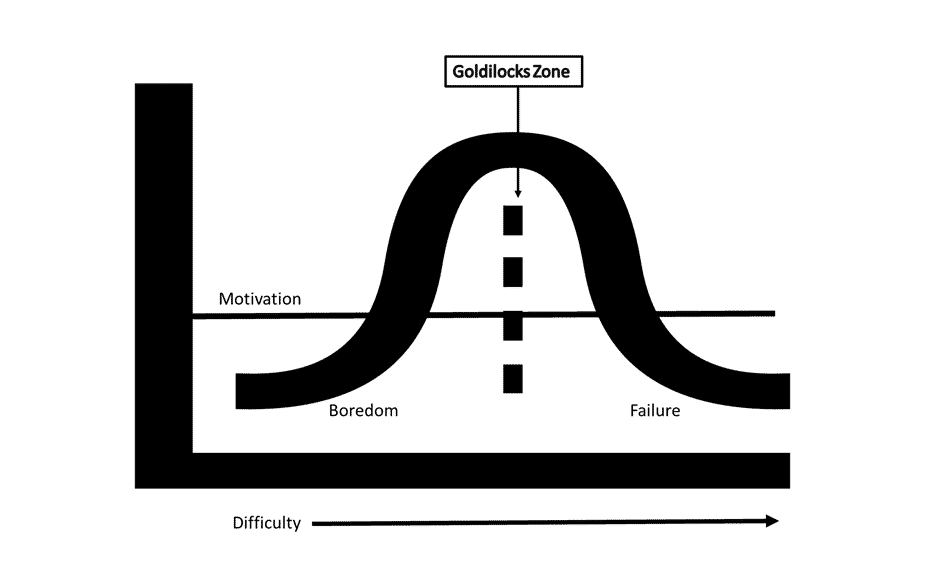69 Critical Thinking in a Changing World
As you begin working on the concept of Critical Thinking in a Changing World, keep these thoughts top of mind. The first part, the Problem Walk-around, is the first one in the unit. There will be more. It is a great technique for gaining perspective and we encourage you to make this part of your everyday practice. It helps you with your practice of the emotional elements of the Batteries of Change, especially emotional and informal connections with the people around you.
Asking good questions is a skill and we set out some approaches for you to use. Some will help you to gain clarity and others will help you when you need to challenge the thinking of others.
We wrap up this section with some thoughts about how to create and maintain motivation and also some insights into the levels of thinking you are likely to encounter in your work in the Army. This is a great set of insights and thinking tools for you to add to your critical and creative thinking toolkit.
Numbered divider 1
Problem Walk-around #1
Looking back over your work to date, including your Batteries of Change insights, choose an opportunity for change that you can use as the basis for this activity.
One technique to consider when you are in the early stages of exploring a problem is called the ‘problem walk-around’. The idea here is to metaphorically walk around the problem from a whole range of different angles. What might others notice if they were thinking about this? Who is in my work or social group that could help me gain clarity about the issues?
Innovator Chuck Frey1 believes that having great confidence that a solution to your problem exists is a great starting point for bringing positive energy to the task. He challenges people to mentally ‘take a walk around’ the problem or opportunity you are seeking to solve. Let’s apply this idea to your own situation….
Activity
-
1
Think about the opportunity for change you wish to explore
-
2
Imagine that you have ‘hung’ your problem in the middle of the room or drawn it on a whiteboard.
-
3
From there consider the following questions….
* How is this situation similar to others I have seen?
* How would someone else approach this?
* What experts could I call on to assist me in solving this problem?
* Where are some sources of authority in this field?
* How might other stakeholders see this situation?
Capture your thoughts in your Journal and reflect on the ‘leads’ or ideas that might have emerged as you responded to the various questions.
Numbered divider 2
Asking good questions
There are lots of resources available to help you build curiosity and improve the quality of the questions that you might like to ask when exploring your opportunity for change, be it a problem or an opportunity. Many of these questions are about improving the quality of the conversations we often have with individuals and groups as we seek to navigate workplace challenges.
Here are a few ideas that you might find useful.
Questions for exploring issues with individuals and teams….
-
bullet
What images spring to mind when you think about…?
-
bullet
What words would you use to describe…..?
-
bullet
What was important / significant about…?
-
bullet
Can you tell me a little more about…
-
bullet
When you say…what does that mean to you?
-
bullet
Am I right in thinking that…?
-
bullet
I’m interested in understanding why….?
-
bullet
Could you tell me a little more about that?
-
bullet
Is there something else about that that would be useful in this discussion?
-
bullet
What are others noticing about the conversation here?

Of course, there are also times when you might need to challenge the thinking of those involved in the change idea you are exploring. Here are a few questions specially designed for challenging….
-
bullet
I’m wondering if there is another perspective than that in the room?
-
bullet
How does that idea contribute here?
-
bullet
I’m noticing some possible difference of view in the room. Could someone help me understand that?
-
bullet
You’re saying this but what I’ve heard is…
-
bullet
I actually think differently about that, could you explain for me how….?
-
bullet
I’m wondering if you can hear some of the sentiment in the words you are using….?
-
bullet
What are people noticing about the energy in the room right now?
As you work your way through these approaches to questions and questioning, think of some situations where you might have been more successful in what you were trying to achieve if you had used some of the approaches above. Focus on a way that you can use to bring these techniques into your everyday conversations and problem-solving ‘tool kit’. Be sure to notice your successes and chalk these up to ‘small wins’ that will make a big difference over time.
Numbered divider 3
Thinking Tools: Ladders of Critical Thinking
Here is a short reading based on a concept called The Goldilocks Effect. Yes, you read that correctly! James Clear is a motivator who specialises in helping people create what he calls atomic habits, or as the book says, tiny changes with remarkable results.2 He highlights what he calls the Goldilocks Rule. The Rule is about sticking to your good habits and matching task with talent. To maintain motivation and achieve peak results, we need to work on tasks that are of ‘just manageable difficulty’.
Motivated people love challenges. The best ones are those that are within what Clear calls an optimal zone of difficulty. Too challenging and we are frustrated, and too easy and we are bored. Just right and we have a good chance of success if we really try. We become more focused and able to brush aside distractions and we become invested.

The basic idea is that if a challenge or project is too difficult, we feel deflated and too easy, we become bored.
Here are the steps to make this work. To begin, keep it simple and make it easy. Then start advancing in small steps. Add small challenges that keep you engaged. Sports coaches use this approach: working on challenges of just manageable difficulty, small noticeable steps that are celebrated and made visible. Eventually we can get to mastery. When this principle is consistently used in teams, on purposeful work, amazing things can happen.
The Critical Thinking Ladder might give you some tips about how thinkers think.
David Hawkins and his team have developed a ladder of critical thinking. The ladder helps us to understand the stages and styles of thinking development.3 Their work comes from clinical research. We think that clinical research is a very useful context to use to understand critical thinking. In many ways it is, like yours, a context where lives and safety are among the main concerns.
Note the stages of the Critical Thinking Ladder and read the descriptions of the stages.
Stages of Critical Thinking Development

In your roles you will be dealing most likely with those who are thinking at Critical thinking level 4 and above. This suggests that you will be working to influence those who have the following mindsets:
Practising thinkers understand that there are mechanisms and short cuts that lead to flawed decisions and they work to assess and critique their own conclusions, beliefs and opinions.
Advanced thinkers have insight and understanding of problems at deeper levels of thought. They are self-aware and they work to be fair-minded. They look out for bias in their thinking or if they change their reasoning according to context.
Accomplished thinkers are problem solvers who bring people together, seek out alternatives, display sound judgment and lead through example.
As you read these key insights you will realise that you could and should structure your communications in such a way as to challenge your teams and stakeholders to question and reflect. These thinkers are able to see multiple sides of an argument and they are typically aware of the differing needs and perspectives of the stakeholder environments. They will also be likely to challenge and debate, albeit in a fair and reasoned manner.
Wrap up
By sharing problems and challenges, everyone can put their minds to work on creating solutions and being motivated by the challenge. Three things are necessary:
Trust that enables communication
Great brains working on the hard problems
A culture that shares the good news and the bad!
This brings us to end of this Topic. Here is your reflection and wrap up activity.
Carefully review your insights about comparing what you are learning with what you already know: Your Problem Walkaround #1; Asking good questions; and your awareness of motivation and thinking.
References
- https://innovationmanagement.se/2001/09/06/got-a-problem-take-a-walk-around-it/
- Clear, J. (2018). Atomic Habits: Tiny Changes, Remarkable Results. Penguin Random House. https://www.penguinrandomhouse.com/books/543993/atomic-habits-by-james-clear/
- Hawkins, D., Elder, L., & Paul, R. (2019). The Thinker’s Guide to Clinical Reasoning: Based on Critical Thinking Concepts and Tools. Rowman & Littlefield.


